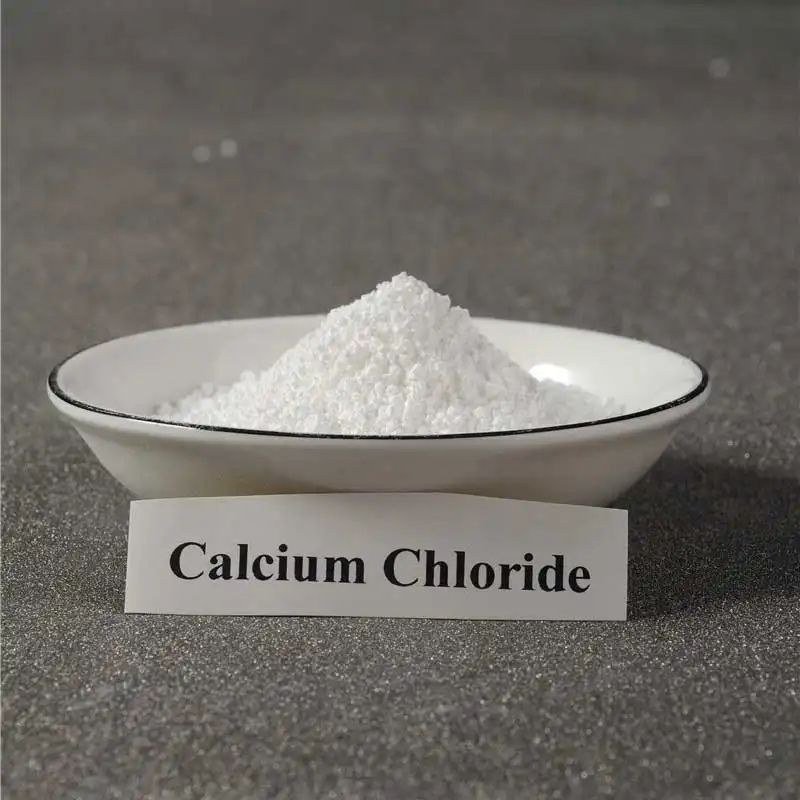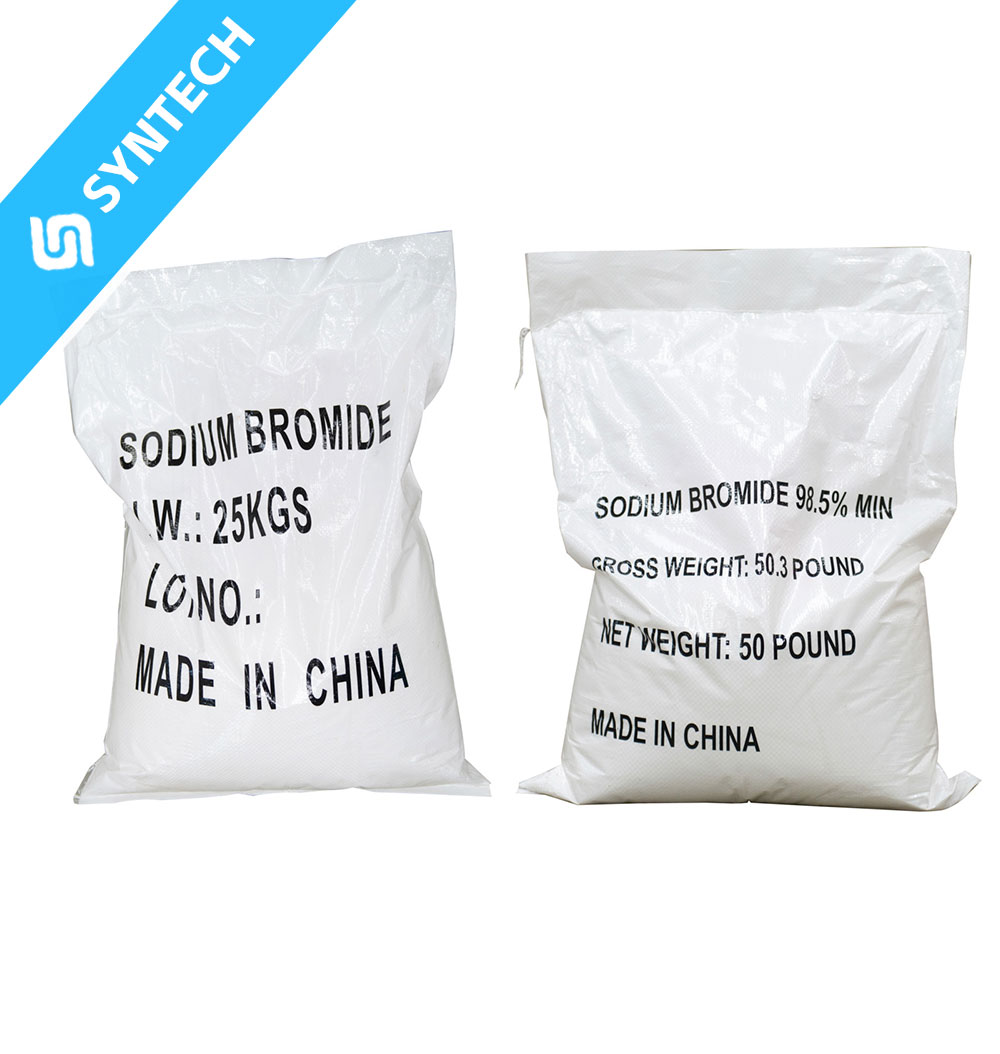Sodium Methallyl Sulfonate (SMAS, C₄H₇NaO₃S) is a sulfonated anionic monomer widely used in chemical EOR (cEOR) to improve oil recovery from mature or challenging reservoirs. Its unique molecular structure—combining a polymerizable vinyl group and a strongly hydrophilic sulfonate (–SO₃⁻) group—enables it to enhance sweep efficiency, reduce interfacial tension (IFT), and stabilize polymer solutions under harsh reservoir conditions. Below is a detailed technical analysis of how SMAS boosts oil recovery.
1. Key Mechanisms of SMAS in EOR
A. Polymer Flooding: Viscosity & Mobility Control
SMAS is copolymerized with acrylamide (AM) or acrylic acid (AA) to synthesize sulfonated polyacrylamides (SPAMs) for polymer flooding:
| Property | Impact on EOR |
|---|---|
| Increased Viscosity | Improves mobility ratio (displaces oil more efficiently). |
| Salt Resistance | –SO₃⁻ groups repel divalent ions (Ca²⁺/Mg²⁺), preventing polymer degradation in high-salinity brines. |
| Thermal Stability | Stable up to 90–120°C, making it suitable for high-temperature reservoirs. |
Example Copolymer:
- SMAS-AM-AA terpolymer (20:70:10 molar ratio).
- Performance:
- Viscosity retention: >80% after 30 days in 50,000 ppm TDS brine.
- Oil recovery boost: +8–12% OOIP (original oil in place) in lab core floods.
B. Wettability Alteration & IFT Reduction
- SMAS-based surfactant-polymer (SP) systems can:
- Shift rock wettability from oil-wet to water-wet (enhancing imbibition).
- Reduce oil/water IFT to 10⁻²–10⁻³ mN/m (critical for mobilizing trapped oil).
- Mechanism: Sulfonate groups adsorb onto carbonate/sandstone surfaces, modifying surface charge.
Field Case (Daqing Oilfield, China):
- Formulation: SMAS + betaine surfactant + HPAM.
- Result: +15% recovery vs. conventional polymer flooding.
C. Conformance Control (Blocking High-Permeability Zones)
- SMAS grafted onto gels (e.g., polyacrylamide/polyethyleneimine) forms pH-sensitive plugs:
- Swells in low-pH zones (diverting flow to oil-rich regions).
- Used in in-depth fluid diversion (IDFD) strategies.
Lab Test Data:
- Permeability reduction factor (RF): >90% in 500 mD sand packs.
- Breakthrough pressure: 5–10 psi/ft (adjustable via SMAS crosslinking density).
2. SMAS vs. Conventional EOR Chemicals
| Parameter | SMAS-Modified Polymers | Conventional HPAM | Xanthan Gum |
|---|---|---|---|
| Salt Tolerance | Excellent (≤200,000 ppm TDS) | Poor (precipitates in Ca²⁺) | Moderate |
| Thermal Limit | 90–120°C | ≤70°C | ≤80°C |
| Shear Resistance | High (reversible shear-thinning) | Low (irreversible degradation) | Moderate |
| Cost | Moderate (optimized dosing) | Low (but high dosage needed) | High |
3. Field Applications & Case Studies
A. Offshore Heavy Oil Recovery (Brazil)
- Challenge: High-viscosity oil (≥500 cP) + seawater injection (high Ca²⁺).
- Solution: SMAS-AMPS-AM copolymer (0.15% in seawater).
- Result: +22% recovery vs. waterflooding (pilot test).
B. High-Temperature Carbonate Reservoir (Middle East)
- Conditions: 110°C, 150,000 ppm TDS, low-permeability (<50 mD).
- Formulation: SMAS-NVP (N-vinylpyrrolidone) copolymer + nano-SiO₂.
- Outcome: +18% incremental recovery (core flood tests).
4. Limitations & Mitigations
| Challenge | Solution |
|---|---|
| Adsorption on carbonate rocks | Preflush with chelating agents (e.g., EDTA). |
| High cost at large scale | Blend with lignin sulfonates (cost reducer). |
| Oxygen degradation | Add thiourea (oxygen scavenger, 50–100 ppm). |
5. Future Trends: SMAS in Smart EOR
- Thermo-responsive SMAS copolymers for in-situ viscosity tuning.
- Nano-SMAS hybrids (e.g., graphene oxide-SMAS for ultra-low IFT).
Conclusion: Why SMAS is a Game-Changer in EOR
- Unmatched salt/heat resistance for harsh reservoirs.
- Dual functionality (viscosity + IFT reduction).
- Scalable chemistry (customizable copolymers).
For project-specific formulations (e.g., high-salinity or heavy oil), SMAS monomer ratios and co-additives can be optimized. Let me know if you need a tailored EOR design!






